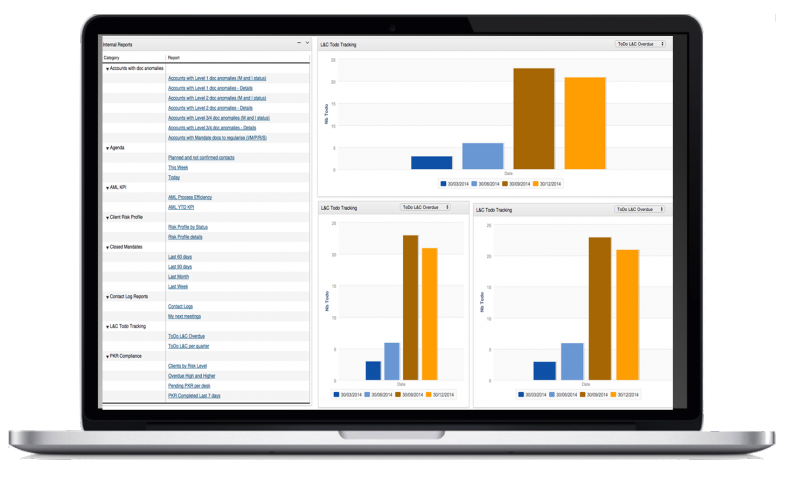Whitestein Technologies is proud to be a Platinum Sponsor to the annual...
You are here
What "goal-oriented" BPM means, from a business perspective
While traditional BPM is about supporting an automated flow of actions and authorizations, goal-oriented BPM takes a big-picture view, starting with a focus on the overarching business goal itself rather than individual actions. This goal can be a one-off milestone or--more likely--a target level of service for ongoing processes, such as, “ensure onboarding process completes by 5 PM Monday through Friday,” or “ensure drone delivery timeframes are never exceeded by +/- 15 minutes,” or “keep average loan processing times below eight hours.”
Goal-oriented BPM starts with these high-level business goals, then constantly reassesses, reorders, and reallocates tasks in accordance with these goals, adding intelligence to the business processes. It also constantly validates goals against business rules, so if the business rule changes--for example, if the rule that any loan over $1M has to be approved by 2 senior lenders changes to any loan over 750K needs approval--the system adapts immediately. BPM uses goals to:
- Coordinate application behavior,
- Guide event-driven and data-driven processes,
- Specify business governance guidelines ,
- Capture business KPIs.
From a business point of view, goal-oriented BPM starts with scoping out the project—with business people specifying their goals. Business outcomes, service standards, and milestones are the natural language of business, making this design format user friendly to those who prefer not to focus on the minutiae of each process.
Goal-oriented design aims to show an entire operational area in one view, which again, is generally more intuitive than piecemeal, process-focused views. The net result for business people is a model that appears more simple—because it’s more intuitive and more aligned with often held business views—but is actually more sophisticated than traditional BPM models.
The next step is design execution. Goal-oriented BPM executes the design, provides control and instant reaction to data and events, and supports a dynamic relationship between case data and processes. It selects workflow tasks intelligently to meet goal conditions in response to situational context and resources. It executes tasks either in an order that fits the situation or concurrently, when appropriate.
Goal-oriented strategic multi-case control enables businesses to link strategic critical success factors to actual process execution of single cases or groups of cases for maximum alignment of execution with goals. For example, it can monitor all loans in process to ensure that all loans written in a given month equal a certain total, or that average application completion times meet a certain SLA.
Large corporations need a system that speaks their goal-oriented BPM language--the language of business. Contacting an Intelligent Business Process Management company is the first step in the process.
